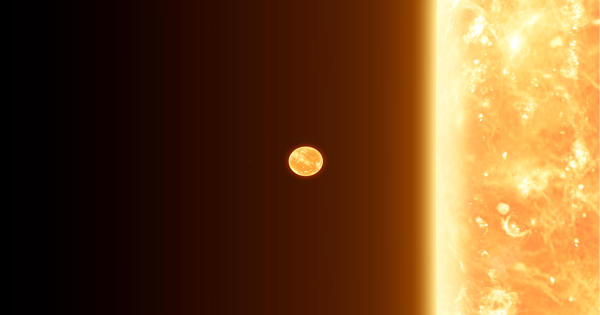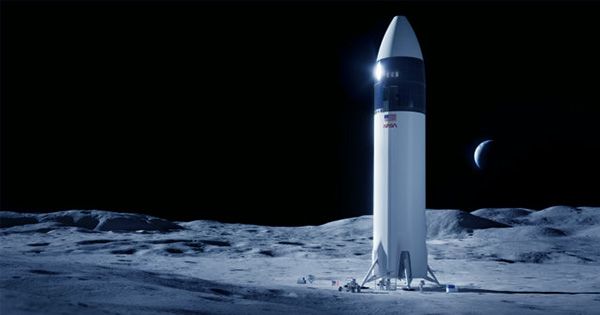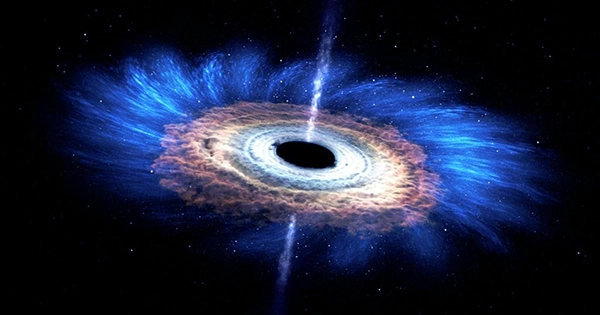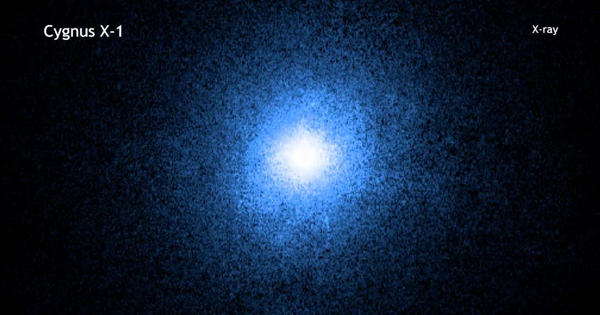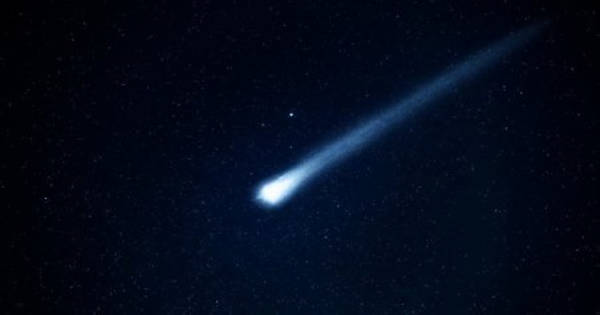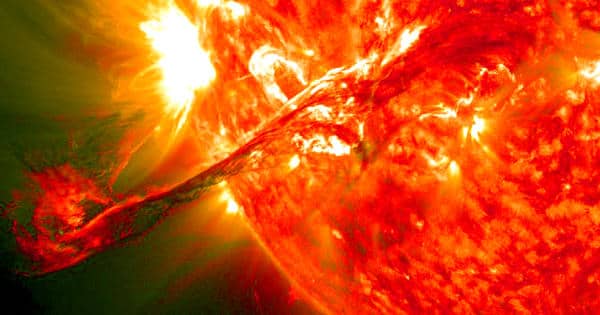VV Cephei is an eclipsing binary star in the Cepheus constellation. It is also known as HD 208816, is an eclipsing binary star system located in the constellation Cepheus. It is 5,000 light-years from Earth. It consists of two stars, a cool red supergiant of the spectral type M2 Lab and a hot blue-white main-sequence star with the stellar classification B0-2 V.
The supergiant primary, known as VV Cephei A, is currently recognised as one of the largest stars in the galaxy although its size is not certain. VV Cephei A is one of the largest known stars, being a red supergiant. A red supergiant fills its Roche lobe when closest to a companion blue star, the latter appearing to be on the main sequence. Its diameter is 1,475 times that of the Sun. Matter flows from the red supergiant onto the blue companion for at least part of the orbit and the hot star is obscured by a large disk of material. The best estimate is 1,000 R☉, which is nearly as large as the orbit of Jupiter.
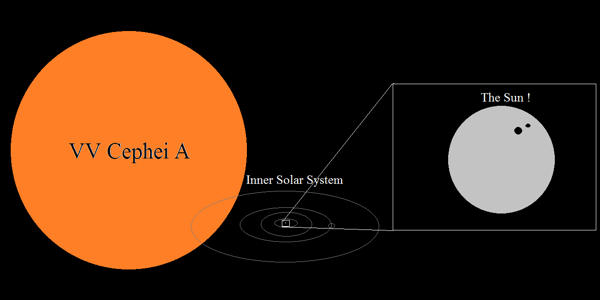
It is orbited by VV Cephei B, a blue star with 13–25 times the Solar radius. The two stars orbit each other with a period of 7,430.5 days (20.35 years). If VV Cephei A were placed in the center of our Solar System, its radius would reach past the orbit of Jupiter. The supergiant dominates the visual and infrared wavelengths and the companion is more prominent in the ultraviolet part of the spectrum. Nevertheless, stars like WOH G64 and Stephenson 2-18 are larger still. In the visual band, the system’s brightness varies from magnitude 4.9 to 5.4.
- VV Cephei A – The red supergiant, designated VV Cephei A, has an estimated radius between 1,050 and 1,900 times that of the Sun. If it took the Sun’s place in our solar system, its photosphere would stretch beyond the orbit of Jupiter and possibly come close to that of Saturn.
- VV Cephei B – The companion, VV Cephei B, has a mass of either 8 or 18.6 solar masses and a radius between 13 and 25 times that of the Sun. Its estimated age is about 25 million years.
The primary star in the system, VV Cephei A, is one of the largest known stars in the Milky Way. The distance has been estimated by a variety of techniques to be around 1.5 kpc, which places it within the Cepheus OB2 association. Even though its exact size is uncertain, the red supergiant is believed to have a radius between 1,050 and 1,900 times that of the Sun. Some older studies found a larger distance and consequently very high luminosity and radius, but it now seems that the distance is more likely to be around 1.5 kpc, although both the Hipparcos and Gaia Data Release 2 parallax measurements imply a distance considerably below 1 kpc.
VV Cephei is thousands of light-years away, but it’s so powerful that you can still see it with the unaided eye — if the sky is dark and moonless. When it’s not in eclipse, the system is just visible to the unaided eye. And this kingly star has the perfect home, in the constellation Cepheus, the king. It’s at the center of a four-sided figure that forms the body of Cepheus, the king, which is high in the north-northeast at nightfall.
Informaton Source:
